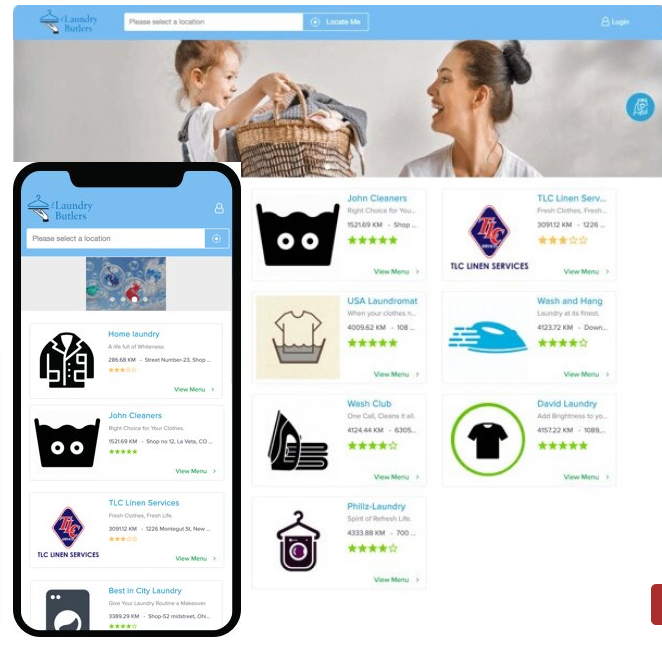Data is used to drive product development in the tech business, which is expected. Data is used to track and forecast trends in user activity, allowing businesses to better understand their customers’ wants and needs. From social media to e-commerce, practically all online entities rely heavily on machine learning and artificial intelligence to improve user experience, continually updating algorithms to better serve their customers and ultimately acquire even more data.
In a 2016 article on The Signal by MixPanel, one of the clearest illustrations of the distinction between the roles of statistician and data science can be found in the software business. The article focuses on the user-friendly algorithms that power apps like Facebook and Instagram. These perplexing algorithms are continuously changing in response to customer behaviour, recording every click, like, and post to determine what a person sees when they open the app.
Companies such as Facebook and other app developers require statisticians to gather and analyse the vast amounts of historical user data accessible, which can be used to both understand current user behaviour and drive ad sales and placements. However, when it comes to creating an algorithm that can impact future behaviour, such as determining what a user will see in their newsfeed each time they open the app, a data scientist is needed.
Finance: Data science is used by banks, investment firms, insurance agencies, and real estate professionals to assess risk, avert loss, and forecast market activity. By focusing on finding anomalies in customer behaviour, data scientists are also tasked with developing algorithms to detect fraud, identity theft, and scams.
Big data has revealed new ways for insurers to analyse and develop insurance policies, according to a Financial Times report. For example, Liberty Mutual Insurance and American Family Insurance teamed with Nest Labs in 2015 to provide Nest Protect, a smoke alarm and carbon monoxide monitor, to their clients as a free gift. Customers received a discount on their insurance premiums in exchange for installing the sensors in their homes, and insurance firms received data from the devices. “From weather patterns to social media, new sources of data could help [insurers] streamline costs, be more targeted with the risks they want to underwrite, identify new customers, predict fraud, or identify which claims have the potential to become very expensive,” the article says, describing the mutual benefits of data exchange.
Agriculture Industry
Professional Services Industry: This phrase refers to any industry that can use data to improve daily operations and support growth. Companies are investing in data analytics to improve production and sales in a variety of industries, from retail to agriculture.
Sensor technology is predicted to generate an average of 4.1 million data points per day in the agriculture business by 2050, compared to 190,000 per day in 2019. This technology may be used to provide data on crops, soil, weather, temperature, and moisture conditions, as well as to support healthier livestock, detect illness, and regulate harvesting systems, all of which will help farmers produce more products and food in the most efficient way possible.
Customer happiness is critical for merchants, and big data plays a crucial part in determining what customers want in order to become repeat customers. Creating a personalised purchasing experience, whether in-store or online, is critical to providing the best possible customer service.
Healthcare
Data science in healthcare is a broad field with numerous niche areas that could be applied to diagnostics, therapeutics, pharmaceuticals, medical technology, and more.
The world has been watching as data scientists tracked and predicted the spread of COVID-19 since early 2020. Data was used to forecast fatality rates, infection spikes, and the identification of new hot spots and vulnerable areas. Furthermore, data science is critical in the creation of vaccinations. This includes keeping track of patient trials and adverse effects, as well as arranging a worldwide vaccination rollout’s supply chain.
Data is also used by hospitals to assist enhance patient care. The findings had an influence on reducing wait times, enhancing emergency department efficiency, and reducing overcrowding. Hospitals have used patient data to track admissions, discharges, fatalities, recoveries, and bed and supply shortages throughout the COVID-19 epidemic.
Wearable trackers, such as heart monitors, are another example. These sensors constantly monitor a patient’s behaviour and communicate real-time data to doctors. Doctors use this information to offer each patient with the best, most individualised care possible.
Data science undoubtedly plays a big role in the healthcare business, whether it’s to enhance diagnostic accuracy, identify cures for diseases, give better patient care, or help prevent the spread of infections.
Here’s where you can learn more about how to go into data science.
Conclusion: Significant Differences Between Data Science and Statistics
Both data science and statistics help people make decisions, but in different ways. Data science use scientific approaches to uncover and comprehend patterns, performance, and trends, frequently comparing many models to arrive at the optimum result. Statistics, on the other hand, is concerned with using mathematical formulae and concepts to analyse data. A simple model is used to start statistical analysis (often linear regression). The data is then compared to the model to ensure correctness and to modify the current model to better fit the data. Statistics also deals with quantifying uncertainty and determining the likelihood of a result in the presence of unknown variables. In data science, this step is rarely required.
Data scientists, among other fields, utilise statistics to create a storey with data, describing their findings in a way that is easy to understand without jeopardising the data’s integrity. Because the role of a data scientist is to be a translator or ambassador between the data and a company or client, conveying the meaning of the data and what actionable insights make the data important to the company with the ultimate goal of guiding corporate action, strong communication skills are essential.
Data scientists are statisticians
A data scientist’s capacity to turn vast data into a big picture for a corporation is a crucial differentiator from a statistician. According to this logic, all data scientists are statisticians, but not all statisticians are data scientists.
“Become a Statistician if you want to focus on significance, testing, experimental design, normalcy distribution, and diagnostic graphing,” says Matt Przybyla, Sr. Data Scientist and Top Writer in Technology and Education at Towards Data Science. Become a Data Scientist if you want to do more software engineering, such as coding and machine learning model automation.”
Both disciplines will exist in the employment market for the foreseeable future, and their talents will most likely overlap significantly. However, if these two disciplines of competence can be successfully combined, a powerful business tool can be created.
Source: data science course Malaysia , data science in malaysia





